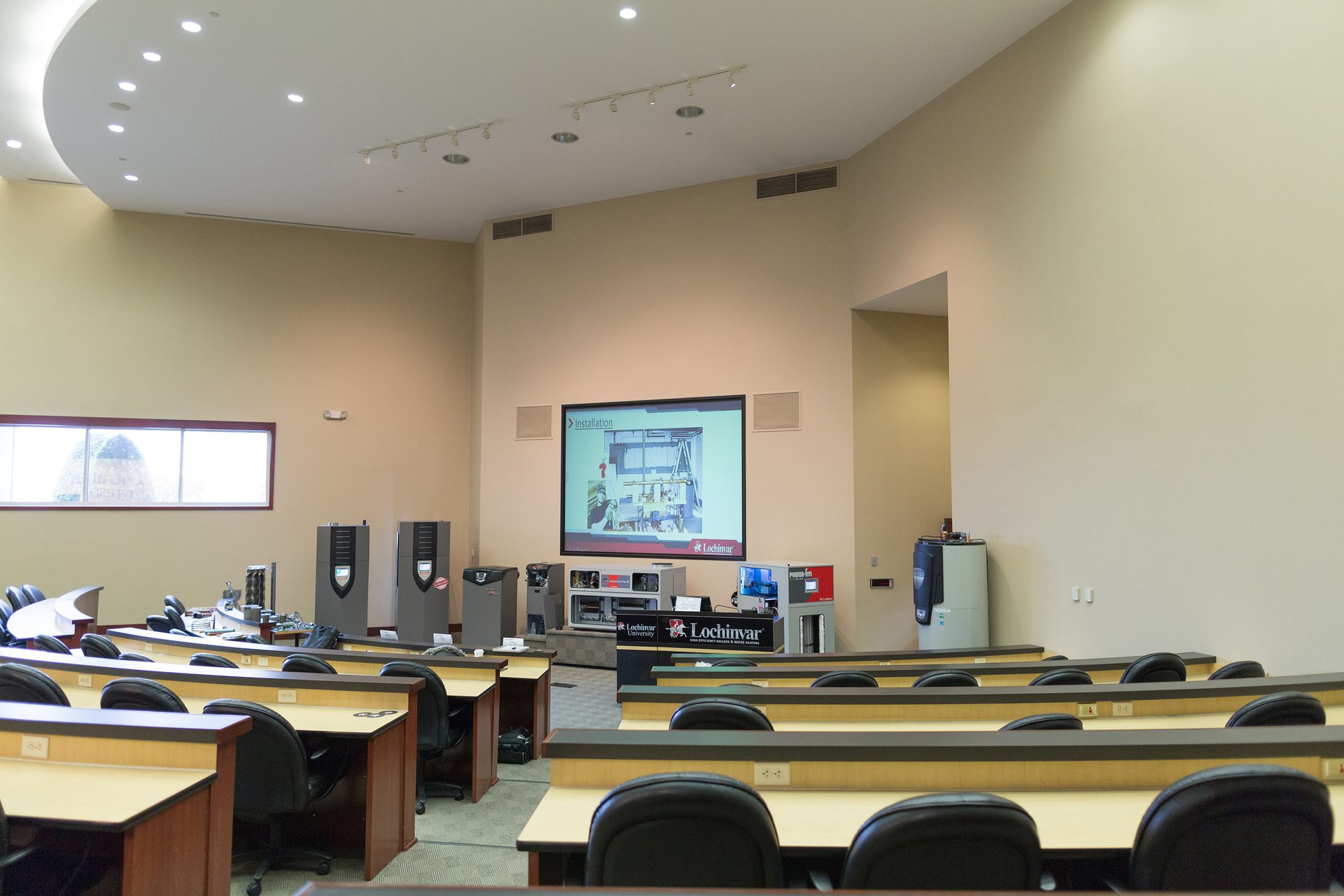Electric boilers create low-emissions hydronic radiant heating solution
New products offer flexibility in meeting sustainability goals.
By Ross Brawner
KangeStudio / iStock / Getty Images Plus
Water has the ability to absorb almost 3,500 times more heat than the same volume of air. In fact, a 3/4-inch diameter water pipe is capable, in the right conditions, of transporting as much heat as a 14" by 8" air duct. With that in mind, many architects and builders are turning to hydronic space heating in new construction for light-commercial applications. A hydronic radiant floor system provides space heating by circulating heated water from a boiler through tubing placed underneath the floor. When electric boilers are specified for these systems, the result is a low on-site emissions solution that can help meet rigorous building decarbonization mandates and initiatives.
Commercial hydronic space heating offers many advantages over conventional HVAC systems using ducting, including:
Space savings in the facility: A hydronic radiant floor system takes up less space than a conventional system. You just need a place for the boiler and that’s it.
Improved air quality: A hydronic system eliminates the dust and debris spread through ducts in a traditional system — a major improvement for employees sensitive to allergens and dust.
Virtually silent operation: Hydronic systems are exceptionally quiet as they send waves of heat upward into a space. The boiler is usually placed at a distance, so heat is provided with minimal noise disruption to the space.
Less servicing required: A hydronic radiant floor system has fewer moving parts than an ordinary HVAC system, contributing to a longer average life and less maintenance.
Fewer “cold spots:” Hydronic systems spread heat much more evenly than a system using ducts and venting.

With hydronic space heating now gaining momentum, industry professionals have plenty of technical questions about how to find the ideal boiler for their installation. Lochinvar University offers both online and in-person education that can help architects, specifiers and contractors learn more about the advantages of using electric boilers in radiant systems. Image courtesy of Lochinvar.
Finding the right boiler for decarbonized hydronic space heating
Pairing an electric boiler with a hydronic radiant space heating system is a great way for commercial facilities to meet their sustainability goals and comply with the growing number of local, state and federal building decarbonization mandates. In areas of the country where the local utility uses hydro or renewable power to provide electricity, customers get a solution that provides even lower emissions from beginning to end.
Contractors can turn to fully electric boilers to meet the needs of their residential or light-commercial applications while simultaneously satisfying sustainability goals. Electric boilers give businesses a lot of flexibility in meeting sustainability goals. For example, a business might choose to install electric boilers to heat their retail stores while still relying on high-efficiency gas boilers to provide hot water for corporate offices. Customers switching to (or upgrading) a fully electric boiler system can cascade units of varying sizes to create a unique system that best meets their needs.
Advances in multi-location connectivity
Remote connectivity platforms can provide users with a mobile portal to a database of real-time and historical data on boilers in different locations. If a college has multiple boilers providing radiant space heating for dorms — plus high-efficiency gas boilers delivering hot water for administrative buildings — all units can be remotely monitored from a single location.

Lochinvar’s new LECTRUS light-commercial electric boiler can be installed in any indoor environment without losing performance — even in below-freezing ambient conditions. The LECTRUS boiler uses a vessel with immersion elements to ensure that the unit will be 100% efficient regardless of the system’s temperature delta. Lochinvar’s SMART SYSTEM LCD operating control platform on the new LECTRUS electric boiler allows for modulation and staging of the elements to operate within the full kW range of the boiler. This process prevents harmful component over-cycling and overshooting of the desired system temperature—extending boiler life and saving customers money in the long run. Image courtesy of Lochinvar.